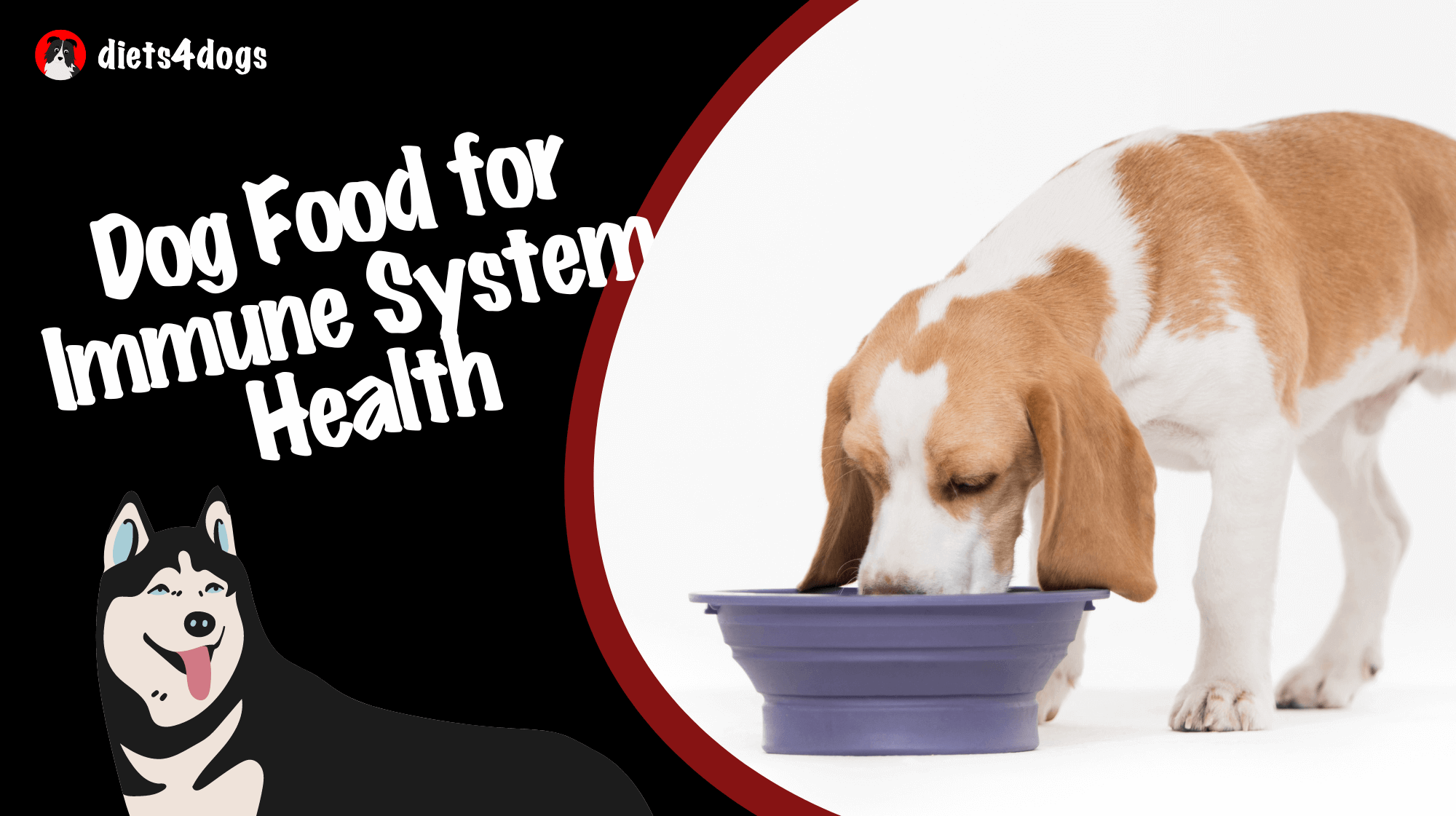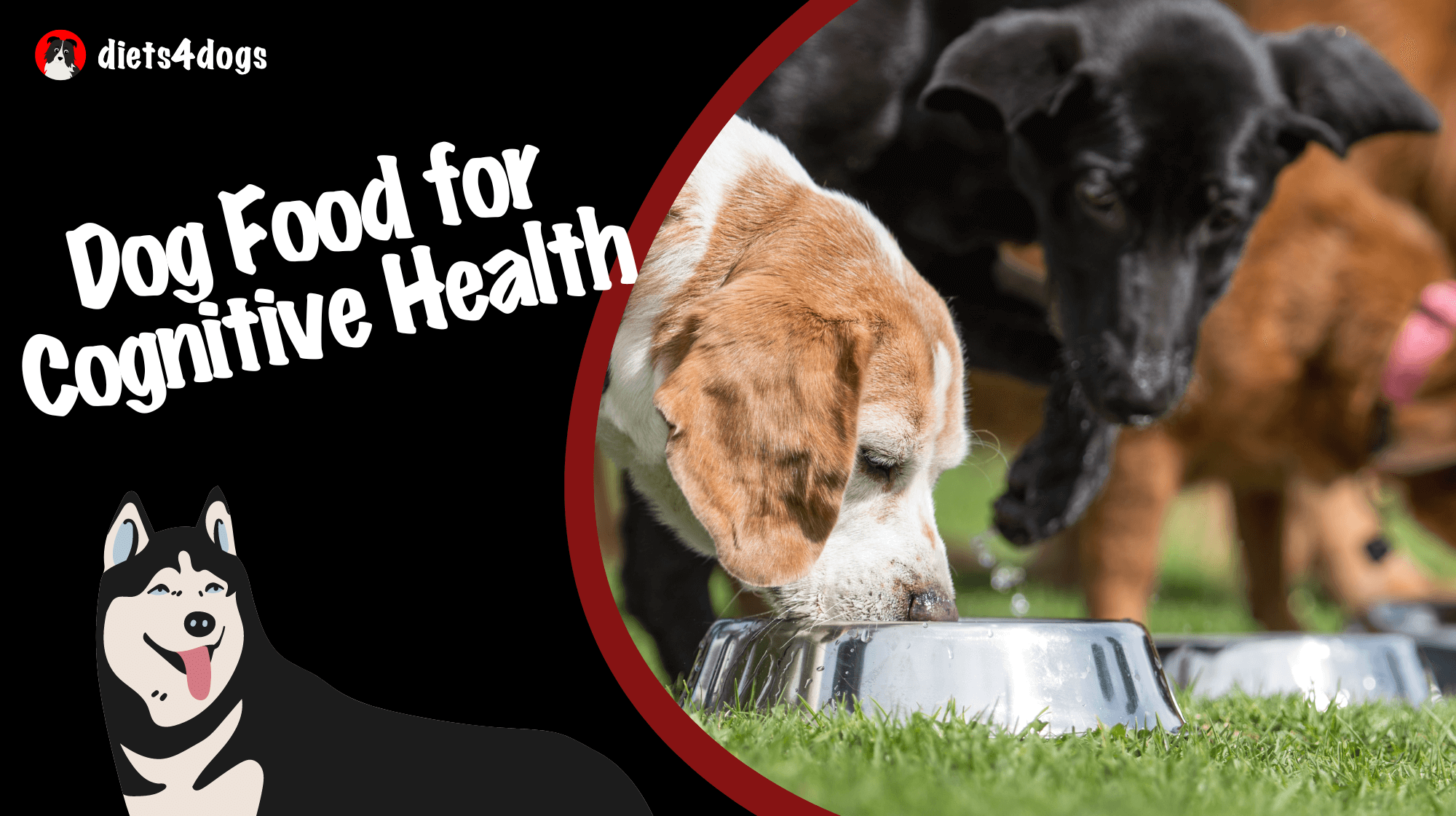As a devoted dog owner, you know that feeding your furry friend only the best is a top priority. But when it comes to choosing between wet and dry premium dog food, the decision can seem, well, ruff. In this fun and informative blog post, we’ll be sinking our teeth into the great debate of wet vs dry premium dog food. We’ll dish out the pros and cons of both, taking into account factors like cost, convenience, and nutritional value, to help you serve up a meal that’ll have your canine companion howling with delight. So, loosen your collar, and let’s dive headfirst into this dog-eat-dog showdown!
Wet vs Dry Premium Dog Food: Which Should You Choose?
Choosing between wet and dry premium dog food depends on your dog’s individual needs and preferences, as well as factors like cost, convenience, and nutritional value. Wet dog food typically contains a higher moisture content and is more palatable, but may be pricier and less convenient to store. Dry dog food is often more cost-effective, easier to store, and has a longer shelf life but may lack the enticing texture and flavor of wet food. Consider your dog’s dietary requirements, taste preferences, and your lifestyle when making your choice.
Moisture Matters: Hydration Benefits of Wet Dog Food
When it comes to quenching your canine’s thirst, wet premium dog food takes the lead. Its high moisture content, which can be around 75% or higher, helps to keep your furry friend hydrated. This is particularly beneficial for pups who don’t drink enough water, or for breeds prone to urinary or kidney issues.
Delectable Delights: Taste and Texture
Wet premium dog food is often more palatable to our picky pooches. This means that even the fussiest of eaters can find their kibble cravings satisfied. With a variety of textures, from smooth pâtés to rich stews, your dog’s taste buds will never have a dull moment.
Measuring Up: Portion Control and Convenience
When it comes to convenience, dry premium dog food is hard to beat. Its long shelf life and ease of storage make it a breeze to manage. Additionally, measuring out the right portion size for your canine’s calorie needs is easy with dry food, helping you maintain a healthy weight for your pup.
Pearly Whites: Dental Health Benefits
Dry premium dog food can actually provide some dental benefits, thanks to its crunchy texture. The mechanical action of chewing dry kibble helps remove plaque and tartar from your dog’s teeth, reducing their risk of dental issues. Some dry dog food formulas even contain specific dental health ingredients to enhance these benefits further.
Crunching the Numbers: Cost Comparison
When it comes to the cost of premium dog food, dry food typically takes the lead in terms of being budget-friendly. Pound for pound, dry dog food tends to be more economical than wet dog food. This means that feeding your dog a premium diet doesn’t have to break the bank.
Finding the Perfect Compromise: Mixing Wet and Dry Dog Food
If you’re having trouble deciding between wet and dry premium dog food, you can always consider mixing the two. This approach allows you to provide the benefits of both types of food, such as enhanced taste and texture from the wet food and the convenience and dental health benefits of dry food. Mixing wet and dry dog food can also help you strike a good balance between quality nutrition and cost.
How to Mix Wet and Dry Dog Food
Here’s a simple method for getting the best of both worlds:
- Start with your dog’s daily dry dog food portion, based on their weight, breed, and activity level.
- Reduce the dry dog food portion by 25%.
- Replace the reduced dry food portion with a wet dog food that complements your pup’s dietary needs.
- Mix the wet and dry dog food thoroughly, and voilà, a tasty and nutritious meal!
Remember to consult with your vet before making any changes to your dog’s diet, and monitor your dog’s weight and overall health during the transition.
Factors to Consider: Your Dog’s Unique Needs
When choosing between wet and dry premium dog food, it’s vital to take your dog’s individual needs and preferences into account. Here are a few factors that can help you determine the best option for your canine companion:
Health Concerns and Special Diets
Some health conditions may necessitate specific types of dog food. Wet dog food can be an excellent choice for dogs with difficulties chewing, those recovering from surgery, or those requiring a low-sodium diet due to heart conditions. On the other hand, certain dry dog food formulas may cater to specific health requirements, such as weight management or dog nutrition for joint health.
Age and Life Stage
Different life stages require different nutrients and care. Puppies, for example, may benefit from the high moisture content of wet premium dog foods. On the other hand, some dry dog foods are formulated specifically for large breed dogs to support their growth and development. Senior dogs may also require different nutritional components – make sure to choose a premium dog food that meets their unique needs.
Taste Preferences and Picky Eaters
Like humans, every dog has unique taste preferences. Some dogs may prefer the taste and texture of wet food, while others find dry kibble to be more satisfying. Offering a variety of flavors and textures can help you discover your dog’s preferences, ensuring they enjoy every mealtime.
Digesting the Ingredients: Quality Dog Nutrition
No matter whether you choose wet or dry premium dog food, the quality of the ingredients plays a critical role in your dog’s long-term health. Look for foods that list high-quality meat sources, such as chicken, beef, or fish, as the primary ingredient. Avoid artificial additives, such as colors, flavors, or preservatives. Remember, your goal is to provide optimal dog nutrition that supports your pet’s well-being.
Consulting the Experts: Seeking Veterinary Advice
When it comes to your dog’s diet, consulting with your veterinarian is always the best course of action. Your vet can advise you on the ideal food for your dog based on their breed, age, weight, activity level, and any specific health concerns. With professional guidance, you can navigate the world of wet vs dry premium dog foods confidently, ensuring that your beloved pet maintains optimum health and happiness.
Frequently Asked Questions
As you contemplate the great wet vs dry premium dog food debate, you might have some questions. Here’s a handy FAQ section addressing common questions dog owners might ask when deciding on the best food options for their canine companions:
Yes, you can switch between wet and dry dog food; however, it’s essential to transition gradually to minimize the risk of digestive upset. Mix a small portion of the new food with the old food, then increase the ratio of new-to-old over several days until only the new food is being served.
2. Can I store opened wet dog food in the fridge?
Yes, opened cans or pouches of wet dog food can be stored in the refrigerator. After opening, transfer any unused food to an airtight container and store it for up to three days.
High-quality premium dog foods typically contain natural, whole food ingredients, without artificial additives or fillers. These foods usually list a high-quality protein source as the main ingredient, and may also include whole grains, fruits, and vegetables for balanced nutrition.
4. Is it okay to feed my dog only wet food?
Feeding your dog solely wet food is okay as long as it meets their nutritional requirements. Wet premium dog food can provide complete and balanced nutrition, but always consult your veterinarian before making any significant changes to your dog’s diet.
5. Is it okay to feed my dog only dry food?
Yes, it is okay to feed your dog only dry food, provided that it’s a premium, nutritionally complete formula. Ensure your dog has access to fresh water at all times to compensate for the lower moisture content in dry food.
6. How often should I feed my dog?
The feeding frequency depends on your dog’s age, size, and activity level. Generally, adult dogs can be fed once or twice daily, while puppies will require more frequent meals. Consult your veterinarian for personalized feeding advice.
While an occasional treat is fine, consistently feeding table scraps can lead to obesity, nutrient imbalances, and digestive issues. It’s best to stick with high-quality dog food designed to meet your pet’s dietary needs.
8. How do I know if my dog has a food allergy?
Common symptoms of food allergies include itching, skin irritations, digestive issues, and chronic ear infections. If you suspect your dog has a food allergy, consult with your veterinarian, who may recommend a hypoallergenic dog food or an elimination diet to identify the allergens.
9. How can I tell if my dog prefers wet or dry food?
Offer your dog small samples of both wet and dry food simultaneously and observe which one they eat first or seem to enjoy more. This can help you determine their preference.
10. Does my dog’s breed affect their food preferences or dietary needs?
Some dog breeds may have specific dietary needs due to genetic predispositions or breed-specific health concerns. Consult your veterinarian for guidance on selecting the best premium dog food suited to your dog’s breed.












